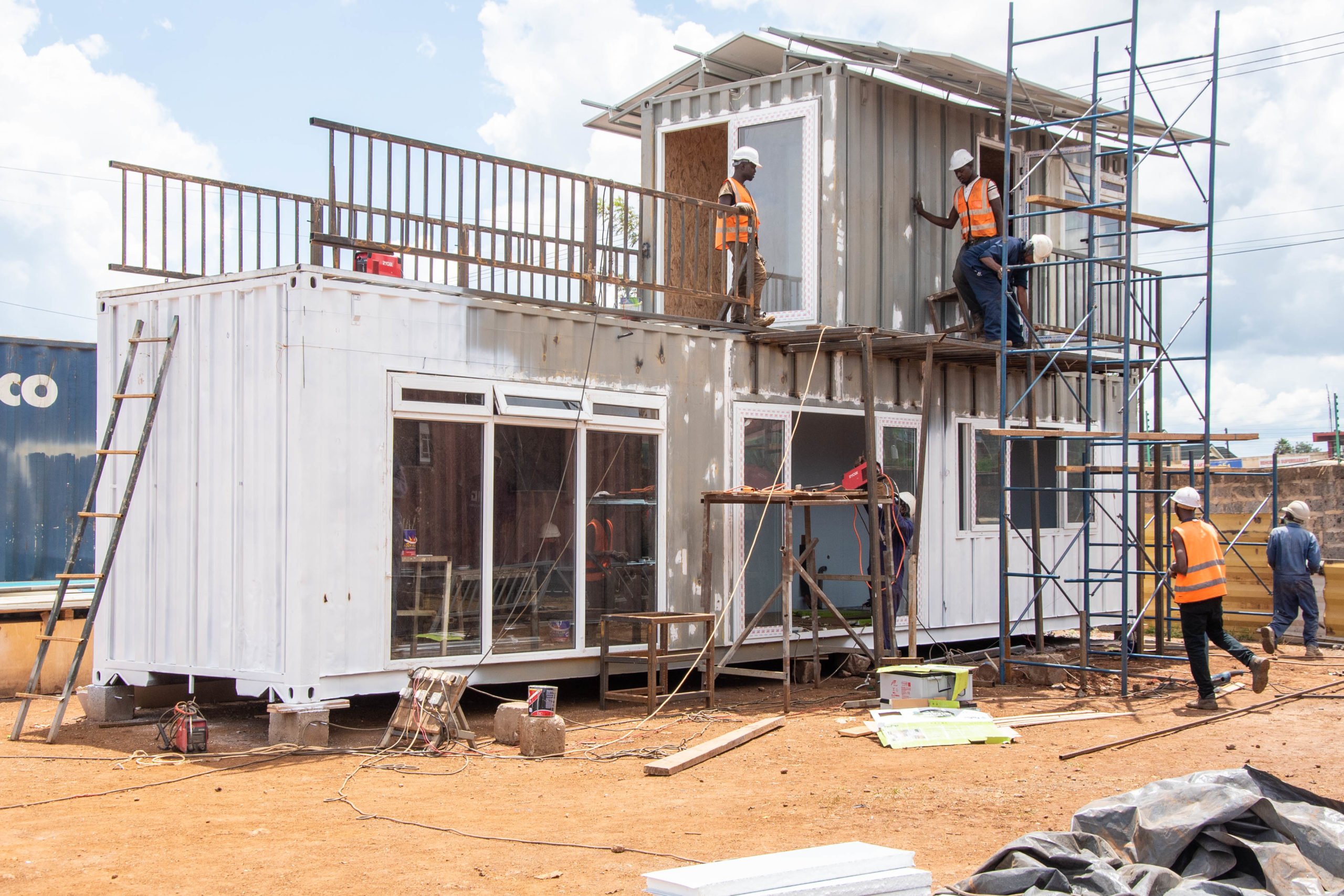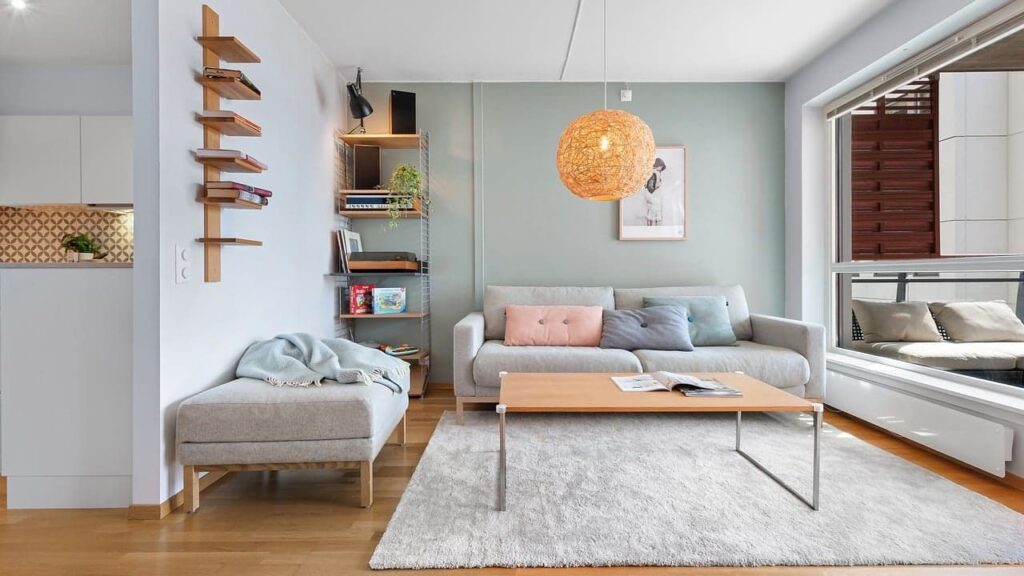Kenya Is Turning Shipping Containers Into Solar Homes for the Future
Imagine the tiny home movement sweeping the United States, where families downsize into sleek, off-grid dwellings amid skyrocketing housing costs. Or picture Europe's push for sustainable prefab builds, like the Netherlands' floating container villages. Now, transport that vision to Kenya, where a booming population faces a staggering two million unit housing deficit. Enter innovative local companies transforming discarded shipping containers—ubiquitous at ports like Mombasa—into modern, solar-powered homes. Ready in just four days, fully off-grid capable, and 50-70% cheaper than traditional builds. This isn't hype; it's a practical revolution addressing affordability, waste, and climate resilience in 2025. As Kenya races toward Vision 2030's sustainable development goals, these "container castles" are lighting the path to a brighter, greener future. Let's explore how it's happening.
Why Kenya Is Leading the Container Home Revolution
Kenya's ports handle 1.5 million containers annually, many left idle and rusting. Enterprising firms like Tedice Containers Ltd., Karmod, and innovators such as Grace Atieno Odhiambo saw potential: repurpose them into durable homes. By 2025, thousands live in these units, from Nairobi studios to rural family abodes.
Driving forces:
- Housing crunch: Urban migration overwhelms supply; traditional builds take months and cost a fortune.
- Sustainability push: Recycles 3,500 kg of steel per container, slashing emissions.
- Solar synergy: Abundant sun (4-6 hours daily) powers 1-2 kW systems for lights, fans, and appliances.
This model aligns with global trends, but Kenya's execution—quick, local, scalable—sets it apart.
Step-by-Step: Building a Solar Container Home in Four Days
The magic lies in efficiency. No waiting for concrete to cure; crews work in parallel.
Day-by-day breakdown:
- Day 1: Site prep (foundation), crane-delivery container placement.
- Days 2-3: Cut openings (doors/windows with reinforcements), insulate (spray foam + barriers), wire electrical/plumbing.
- Day 4: Flooring, painting, fixtures, solar install, testing.
Solar setup: 4-8 panels on reinforced roof, lithium batteries (5-10 kWh), smart inverter. Powers essentials indefinitely; grid backup optional.
Here's a cost showdown—container wins big:
Affordable entry: Basic 20ft from 600,000 KES (~$4,500 USD); premiums hit 1.5M KES with luxuries.
Standout Features: Comfort, Efficiency, and Eco-Smarts
These aren't cramped sheds—they're spacious (160-320 sq ft per unit), customizable sanctuaries.
| Feature | Details | Benefit |
|---|---|---|
| Insulation | Spray foam + reflective barriers | Stays cool in heat, warm in chills |
| Solar Power | 1-2 kW panels + batteries | Zero bills; off-grid ready |
| Water Systems | Rain harvesting (optional 50-100k KES) | Self-sufficient in dry spells |
| Durability | Corten steel frame | Earthquake/wind resistant |
| Customization | Stackable; 1-5 bedrooms | Grows with family |
Interior vibes: Modern kitchens, open living—think polished floors, built-in storage. Lifespan: 50+ years.
Real Projects Lighting Up Kenya
- Tedice Containers: Nairobi/Mombasa turnkeys; premiums with smart tech.
- Karmod Exports: $5k starters to $50k villas; solar standard.
- Grace Atieno: Stylish offices/homes from recycled units.
- Rural wins: Maasai Mara Airbnbs—solar-powered escapes.
Impact: Empowers women-led builds, creates jobs, cuts urban sprawl.
Overcoming Hurdles: Regulations and Perception
Challenges: Initial skepticism ("box living?"), permitting (now streamlined). Solutions: County approvals fast; insurance comparable.
Future: Government pilots for mass housing; exports to East Africa.
FAQs: Your Container Home Questions Answered
1. How much does a basic solar container home cost in Kenya? 600,000-1M KES for 20ft; includes solar basics.
2. Can they handle Kenya's weather? Yes—insulated for coasts/highlands; steel defies termites/floods.
3. Off-grid fully? Yes: Solar covers 80-100% needs; add rainwater for total independence.
4. Build time realistic? Four days for single unit; scalable for complexes.
5. Financing available? Banks offer mortgages; phased payments common.
6. Eco-friendly proof? Recycles steel, zero new materials; carbon footprint 70% lower.
7. Where to buy? Tedice, Karmod, local yards in Nairobi/Mombasa.
Ready to Build Your Solar Future? Take Action Today
Kenya's container revolution proves innovation solves crises. Contact Tedice or Karmod for a free quote—turn waste into wealth. Share this if you're inspired; comment your dream layout below! Let's build a sustainable Kenya, one container at a time.
References
- Prince EA: Recycled Container Homes - Build details & costs.
- Tedice Containers: 2025 Pricing Guide - Market leader insights.
- Karmod: Container Homes Kenya - Sustainability features.
- DW: Grace Atieno's Story - Pioneer profile.
- Containers By Litu: Worth It? - Practical analysis.
- ISM Containers: Trends - Industry shift.


.png)



.jpg)
.jpg)





.jpg)